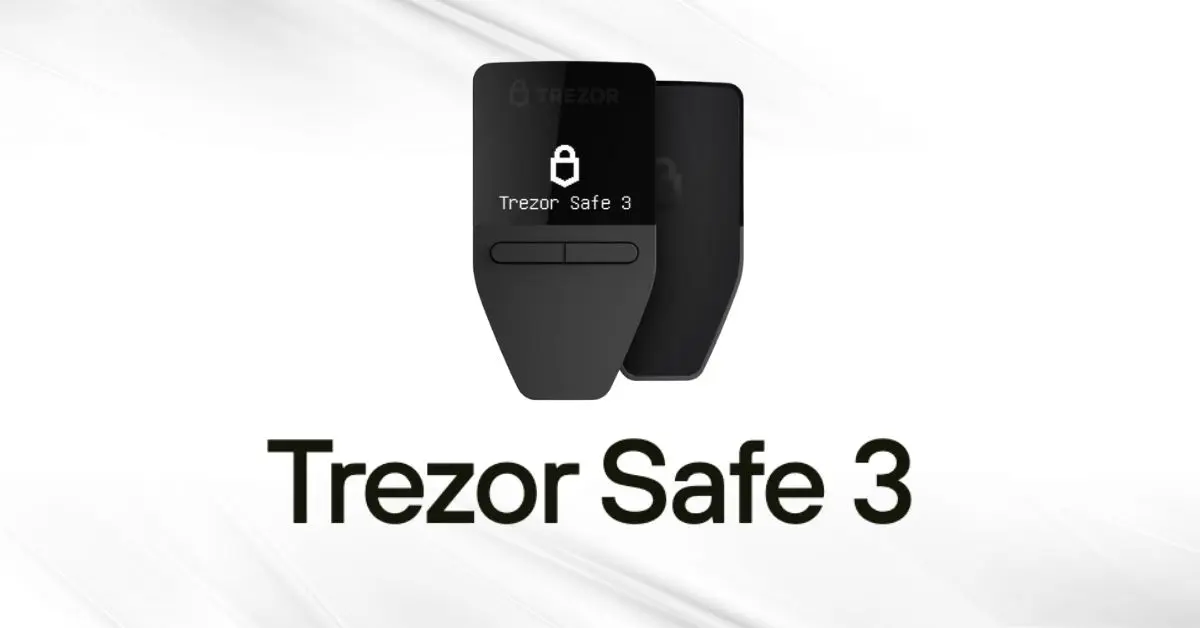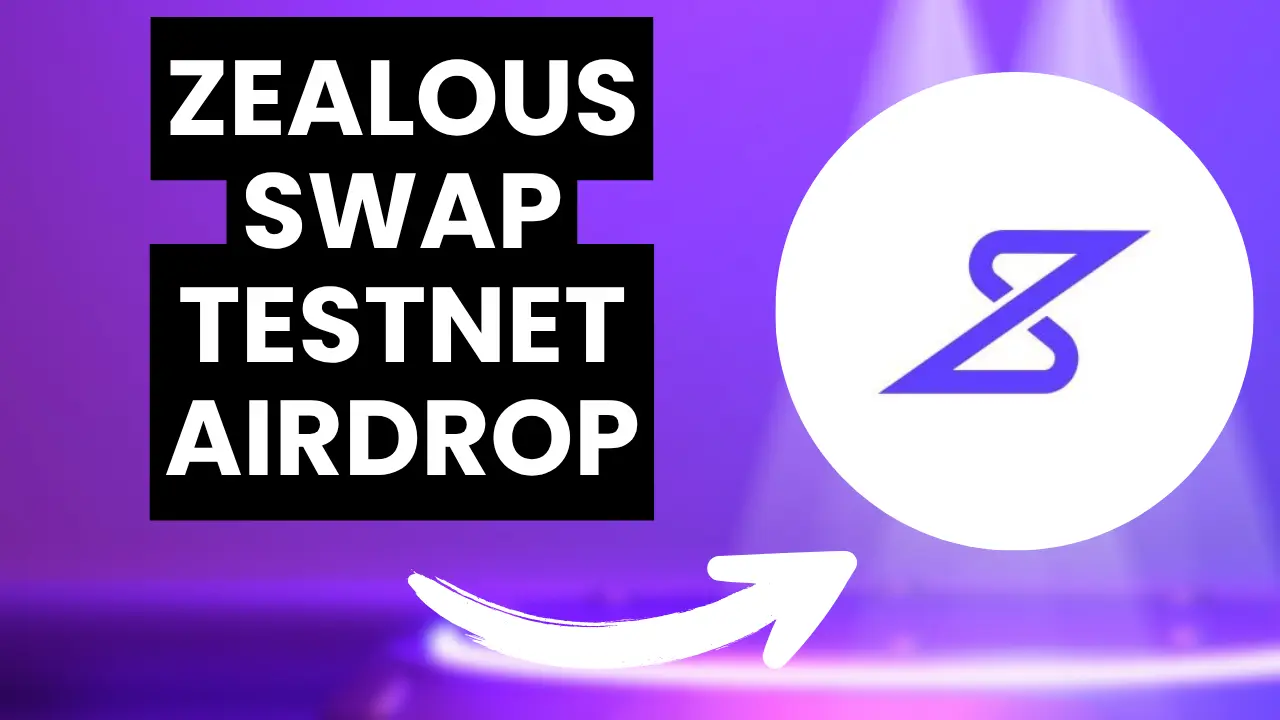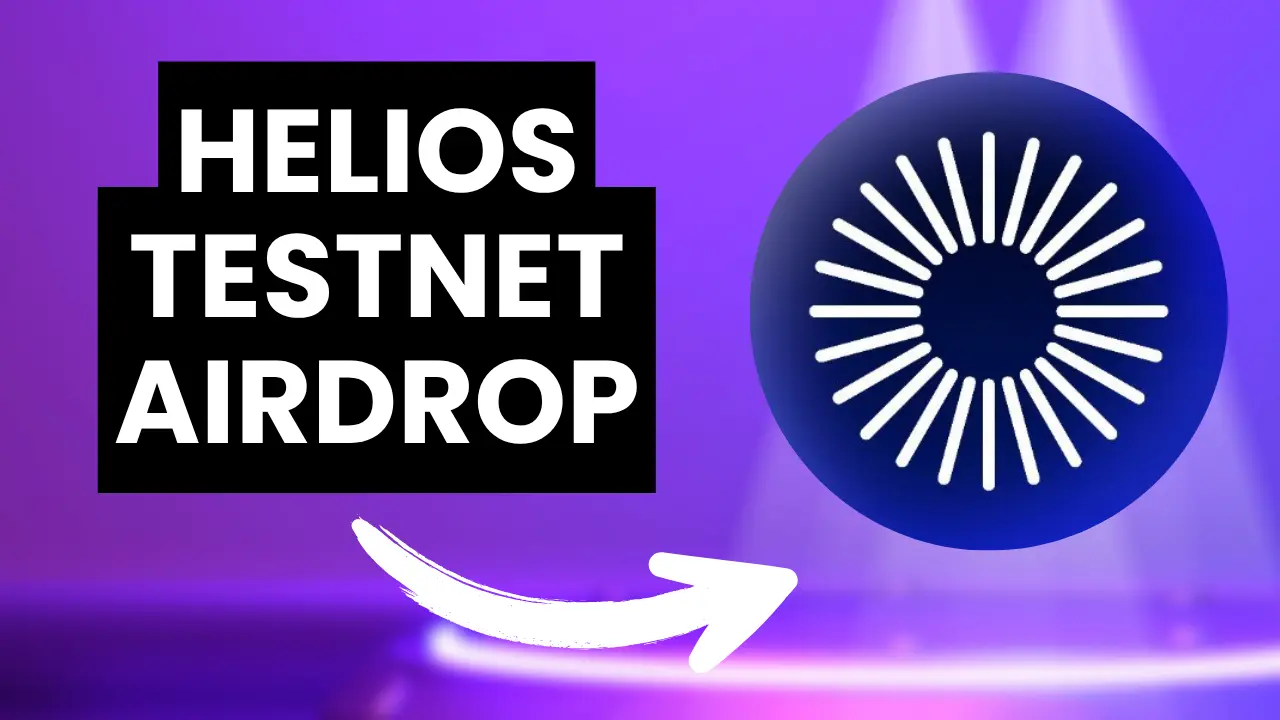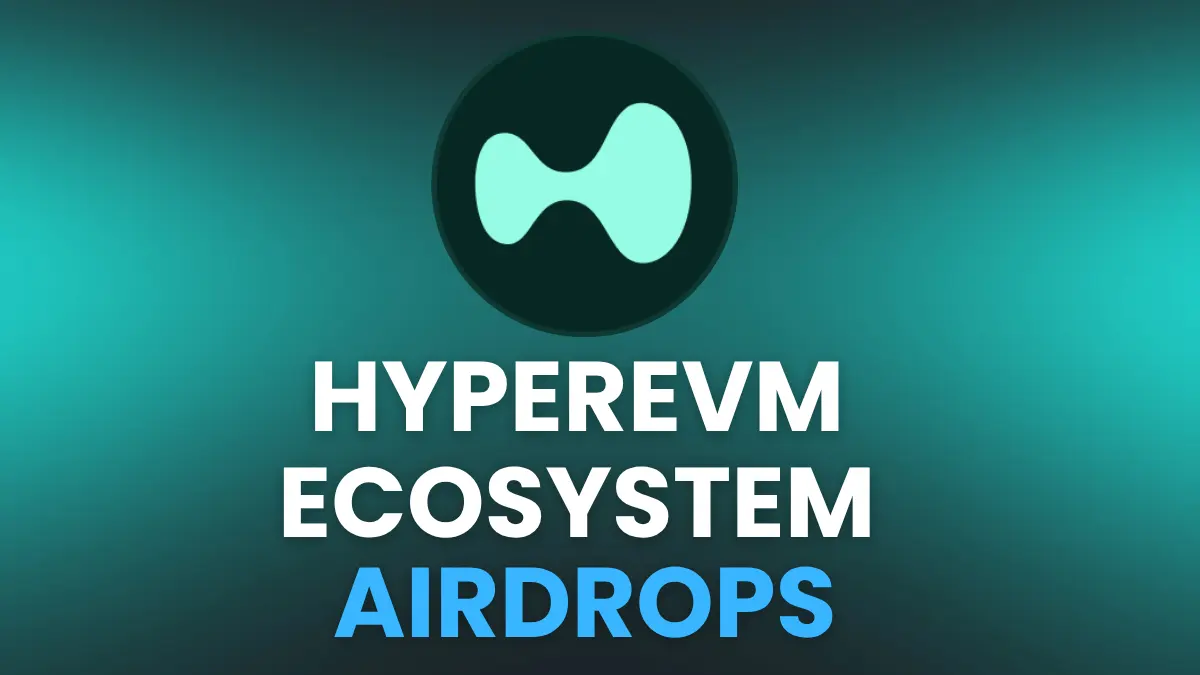
Most Popular
Latest

Kaito AI Dominates Airdrop Buzz as Users Prep for the Next Big Drop
Read more →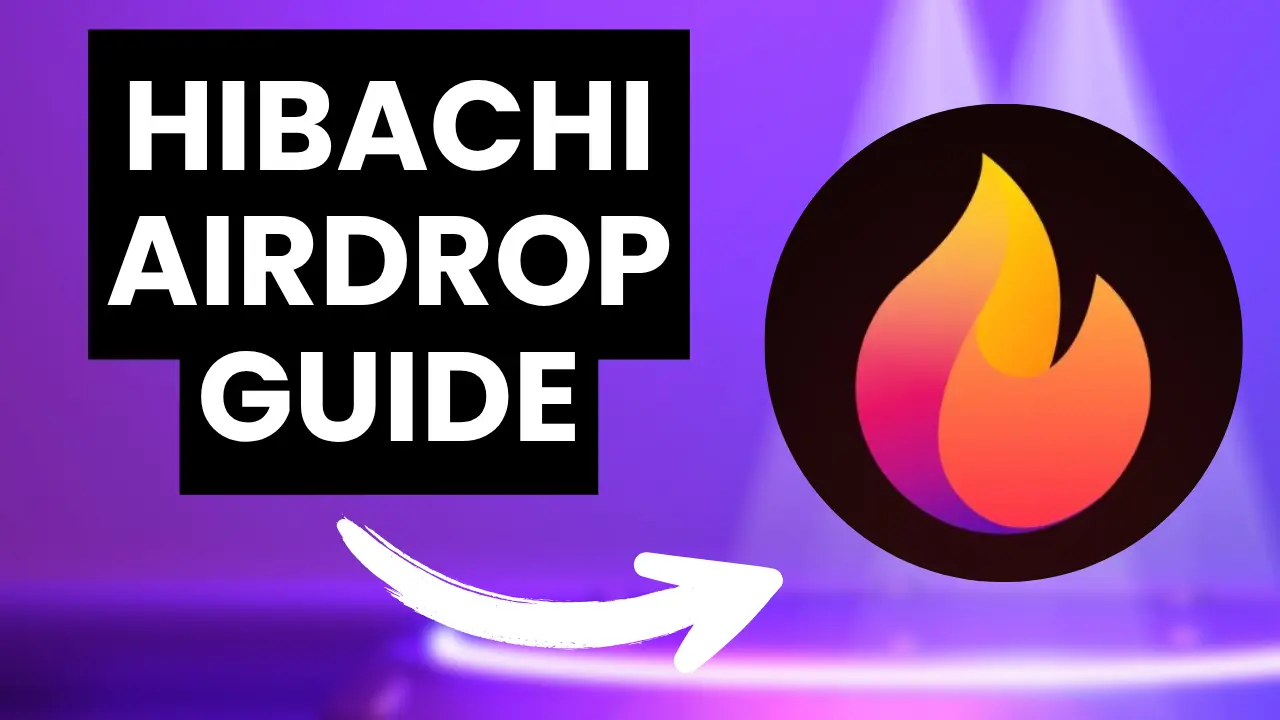
Hibachi Airdrop Full Guide
Read more →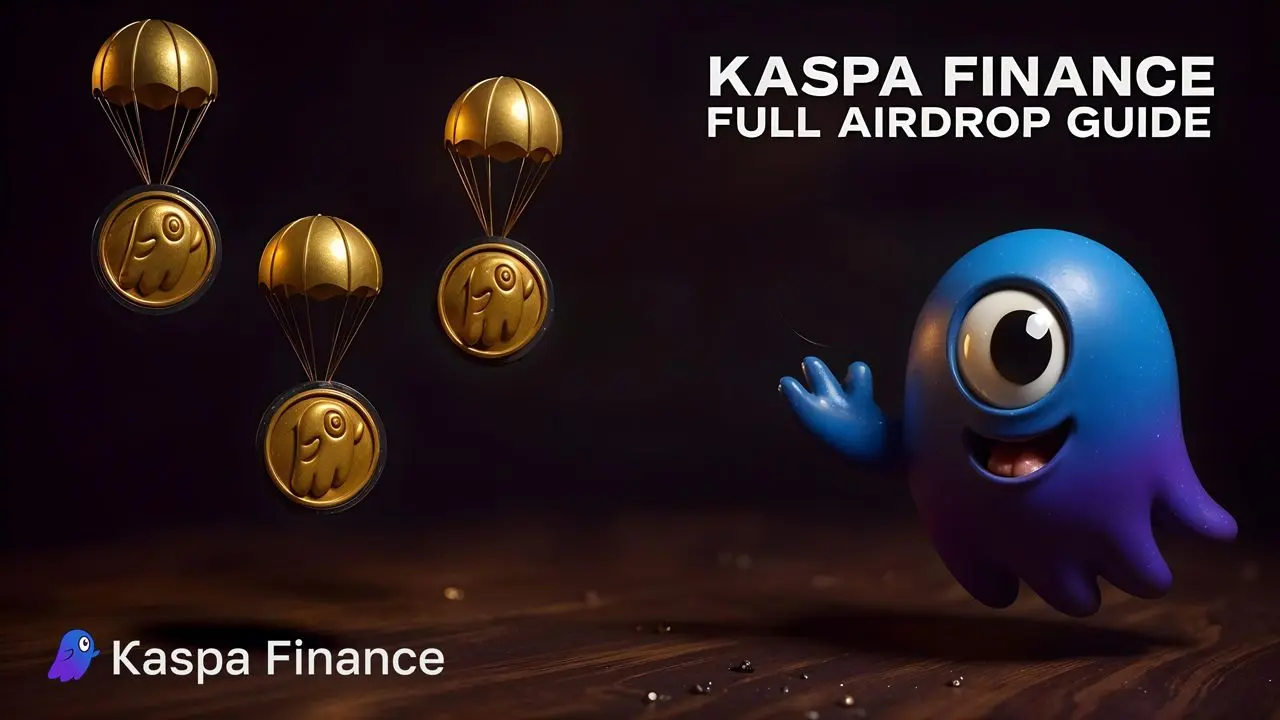
Kaspa Finance Airdrop Campaign Full Guide
Read more →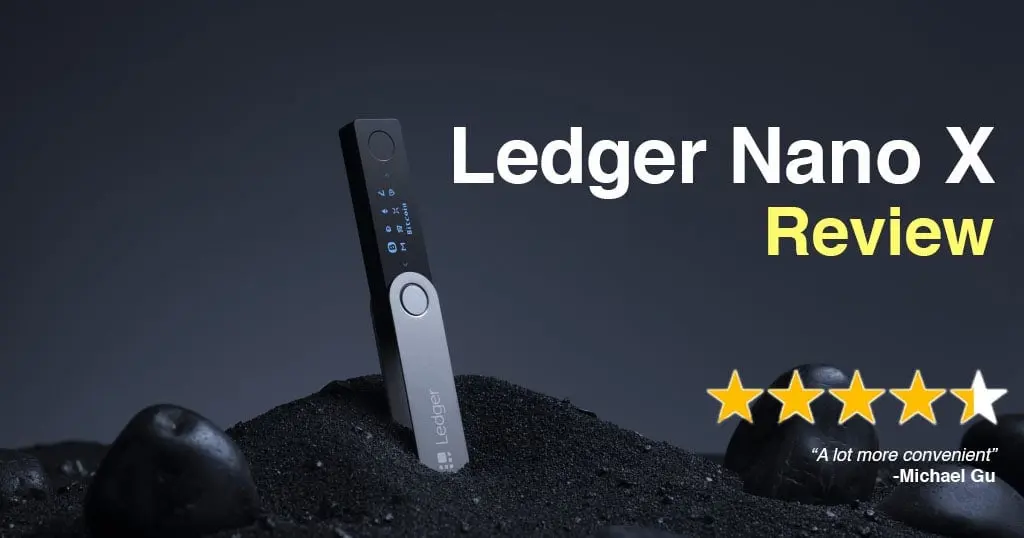
Ledger Nano X Review: Best Bitcoin Wallet?
Read more →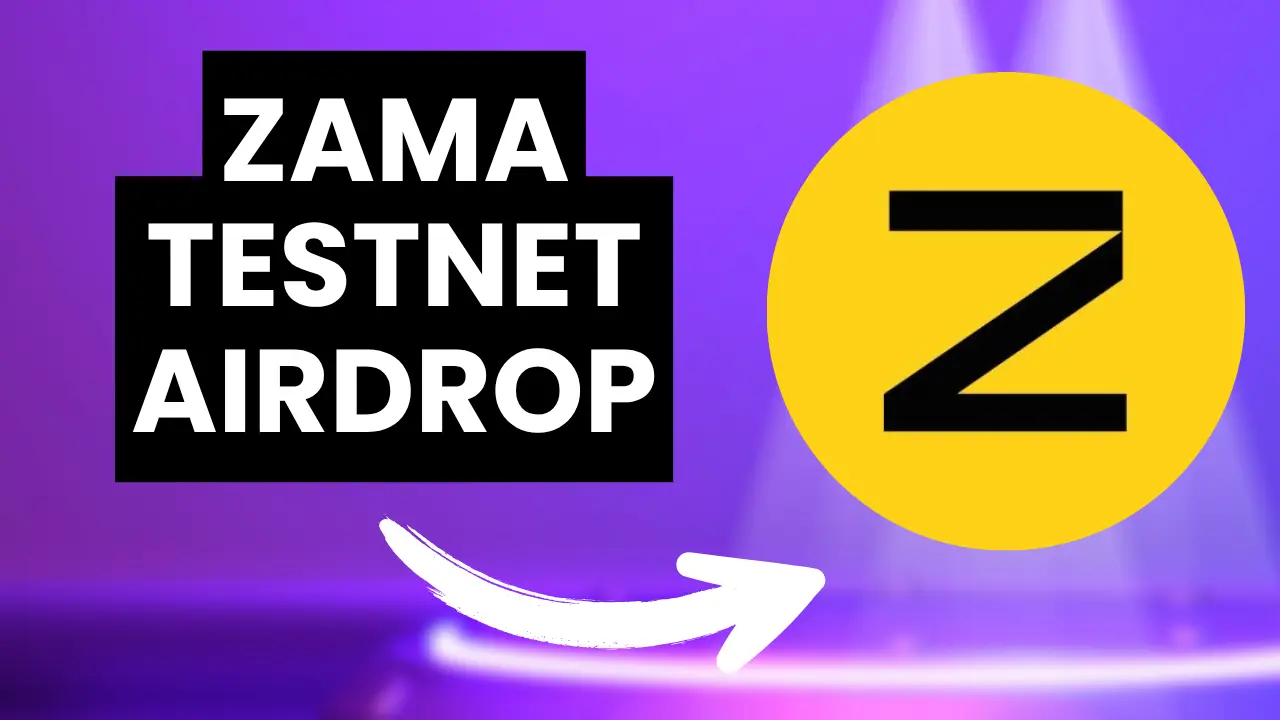
A
Zama Testnet Airdrop Full Guide
Read more →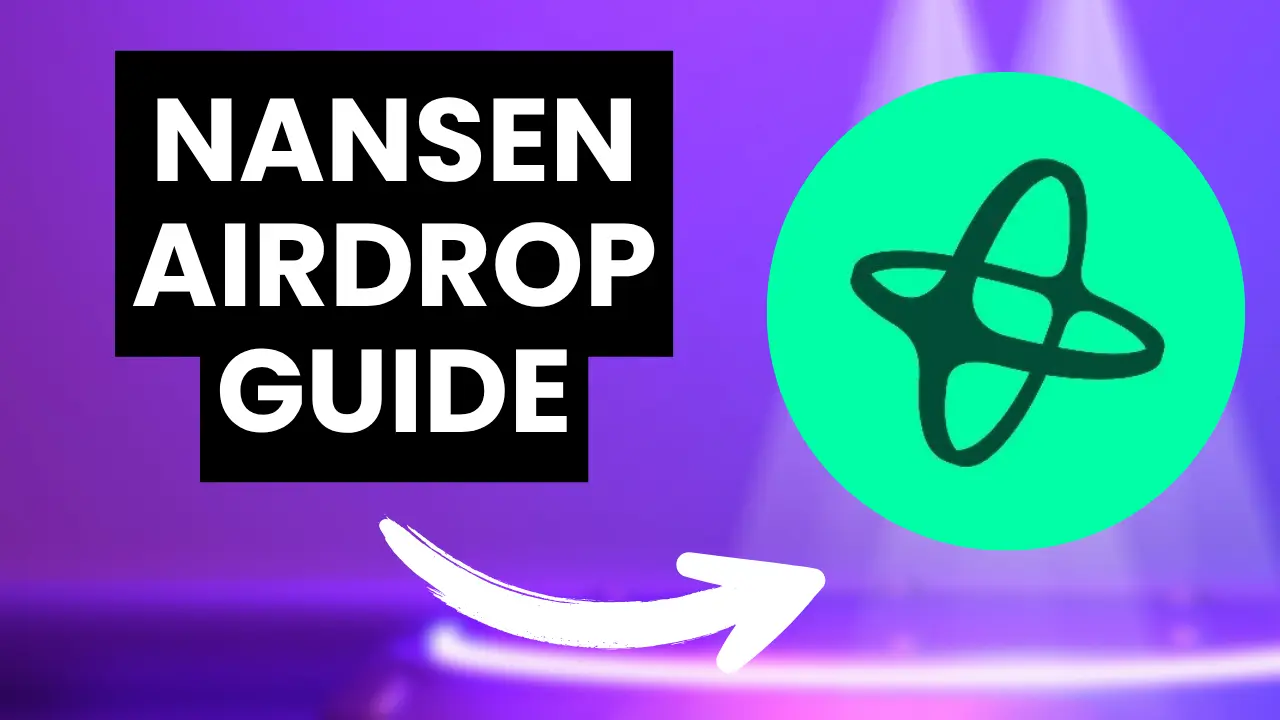
A
Nansen Loyalty Points Airdrop Guide
Read more →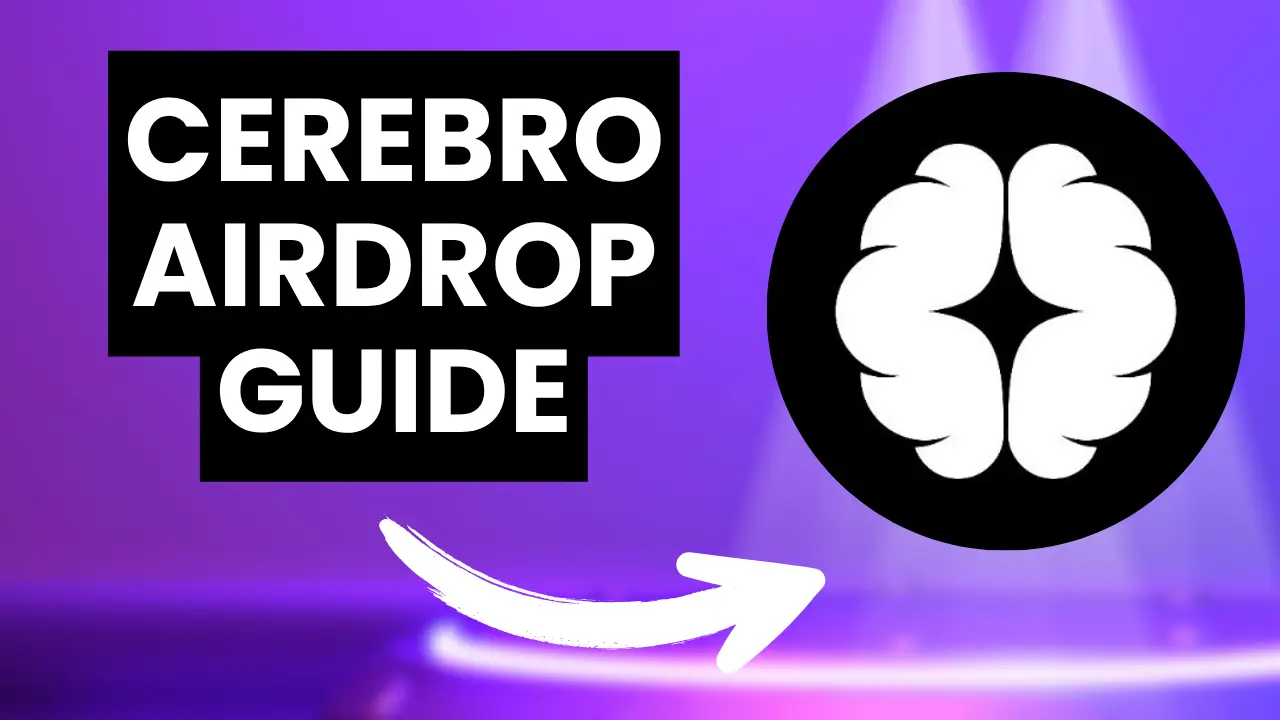
B
Cerebro Potential Airdrop Full Guide
Read more →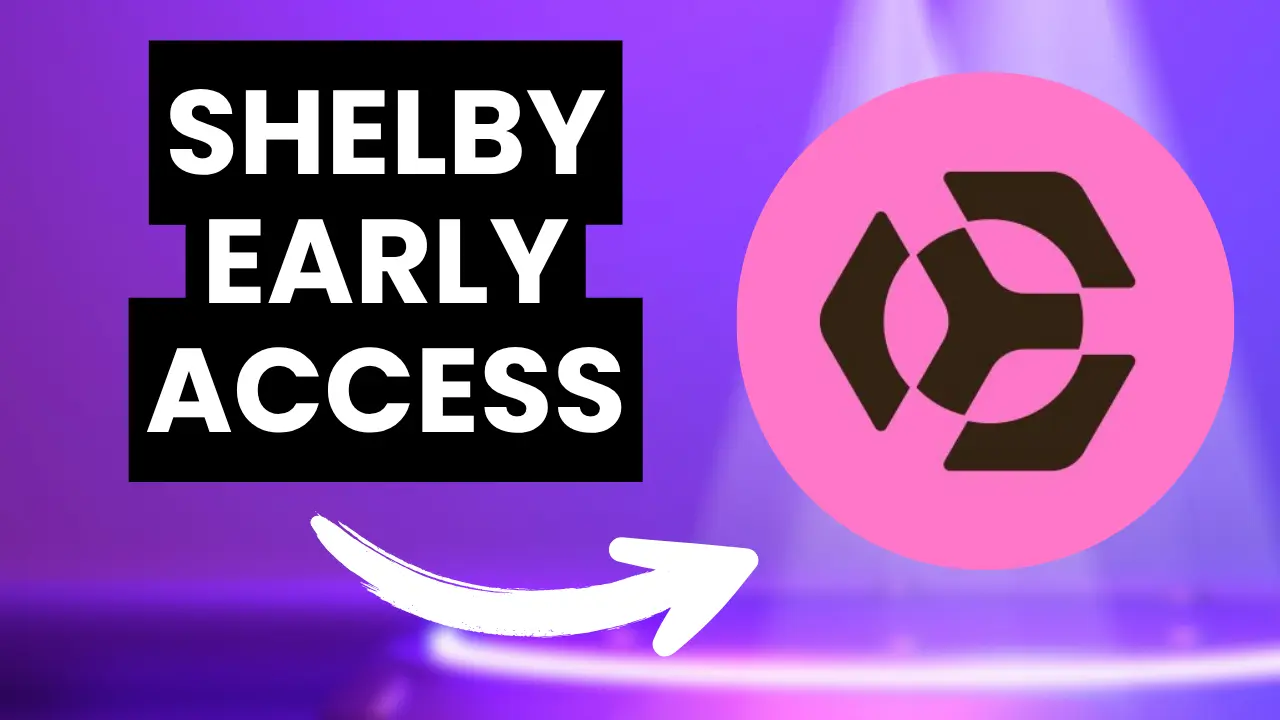
B
Shelby Early Access: Potential Airdrop Guide
Read more →
B
Oroswap Testnet Airdrop Full Guide
Read more →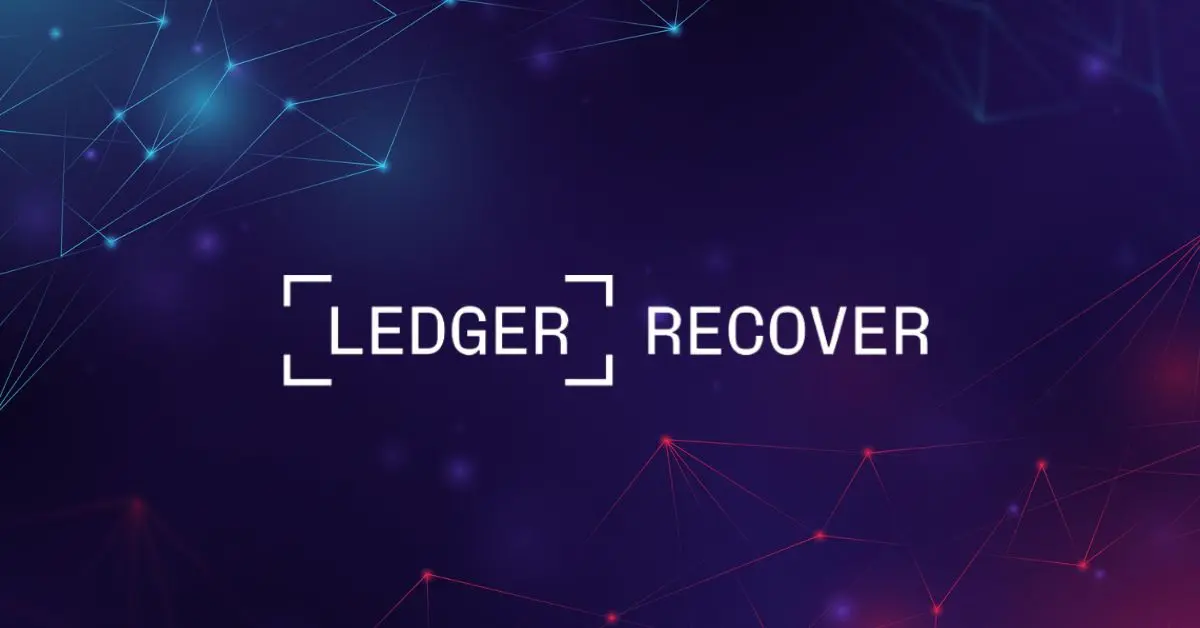
Ledger Recover: Everything You Wanted To Know
Read more →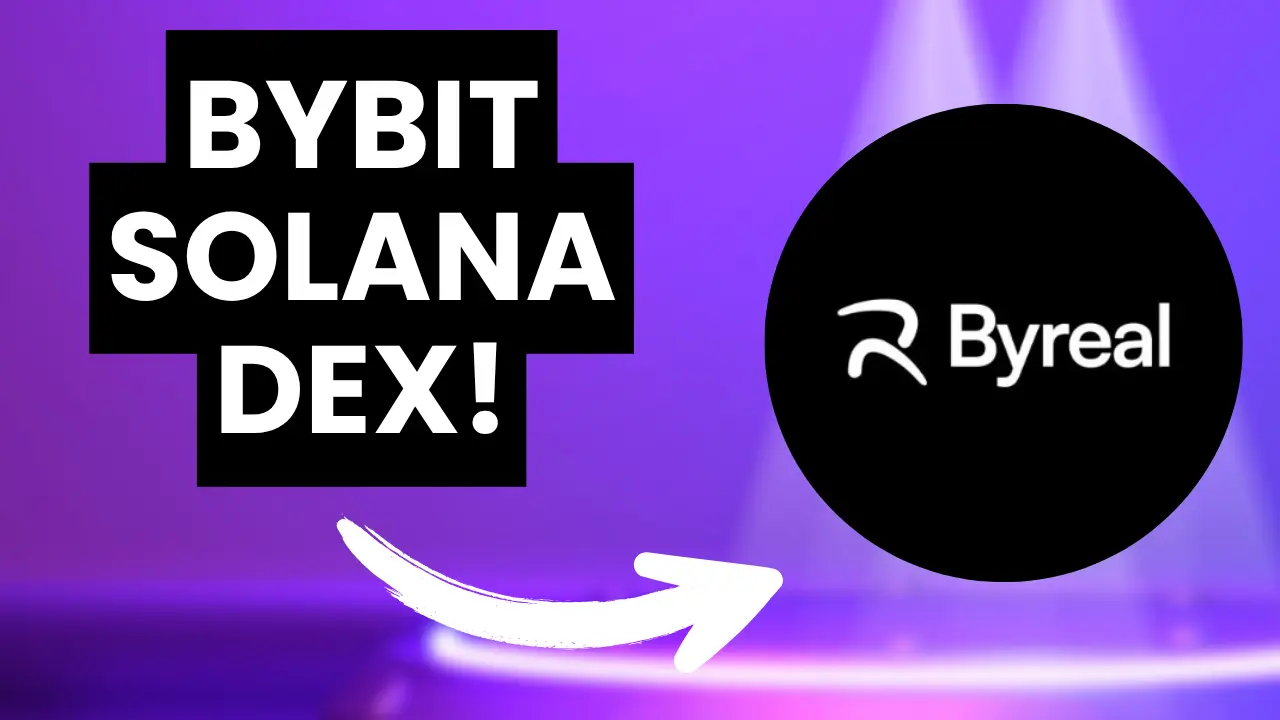
A
Byreal Airdrop Full Guide
Read more →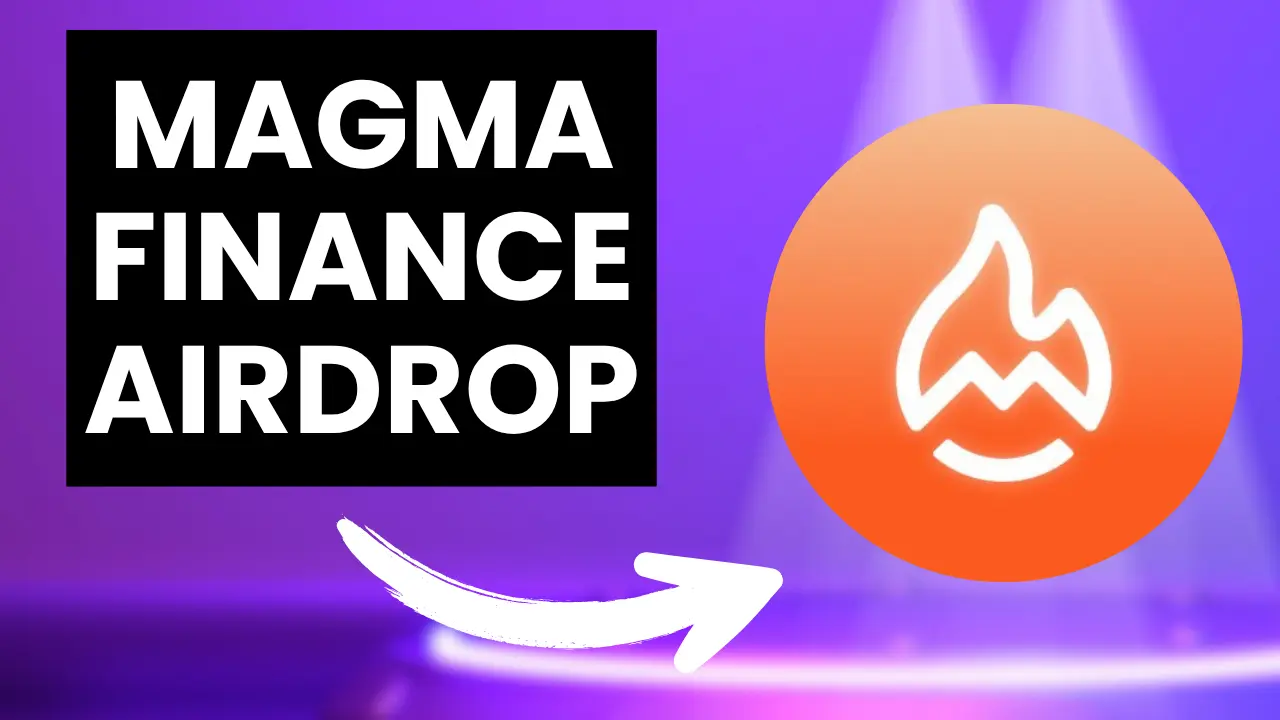
C
Magma Finance Airdrop Full Guide
Read more →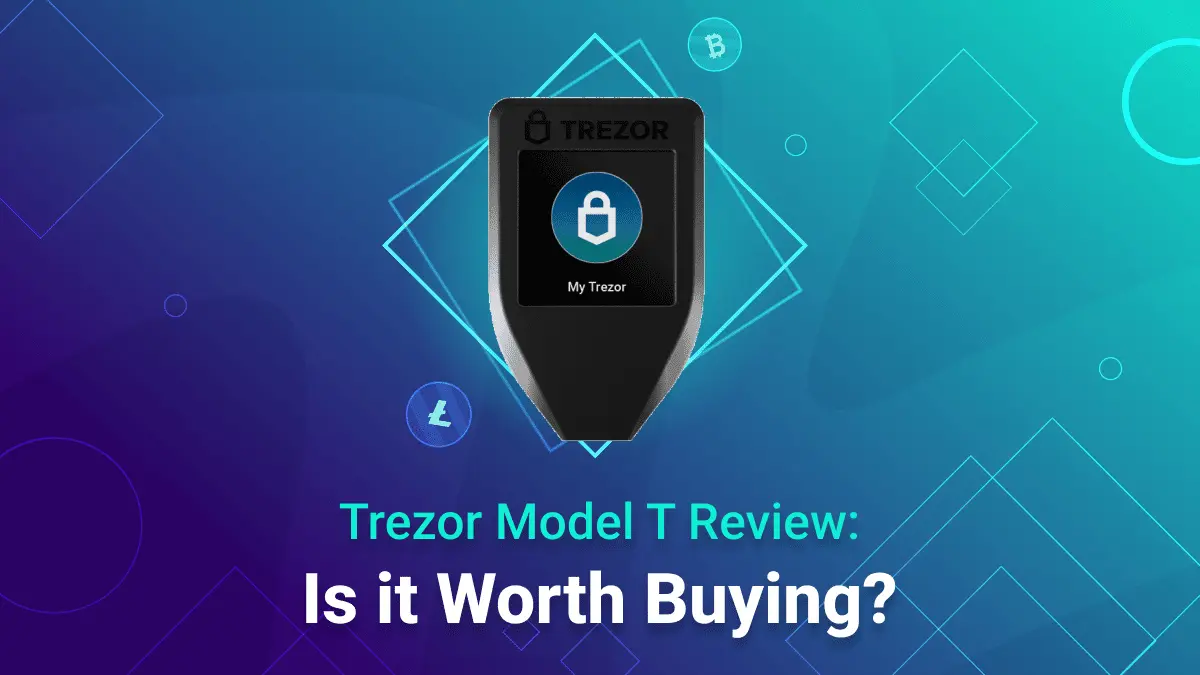
Trezor Model T Review: Is It Worth Buying?
Read more →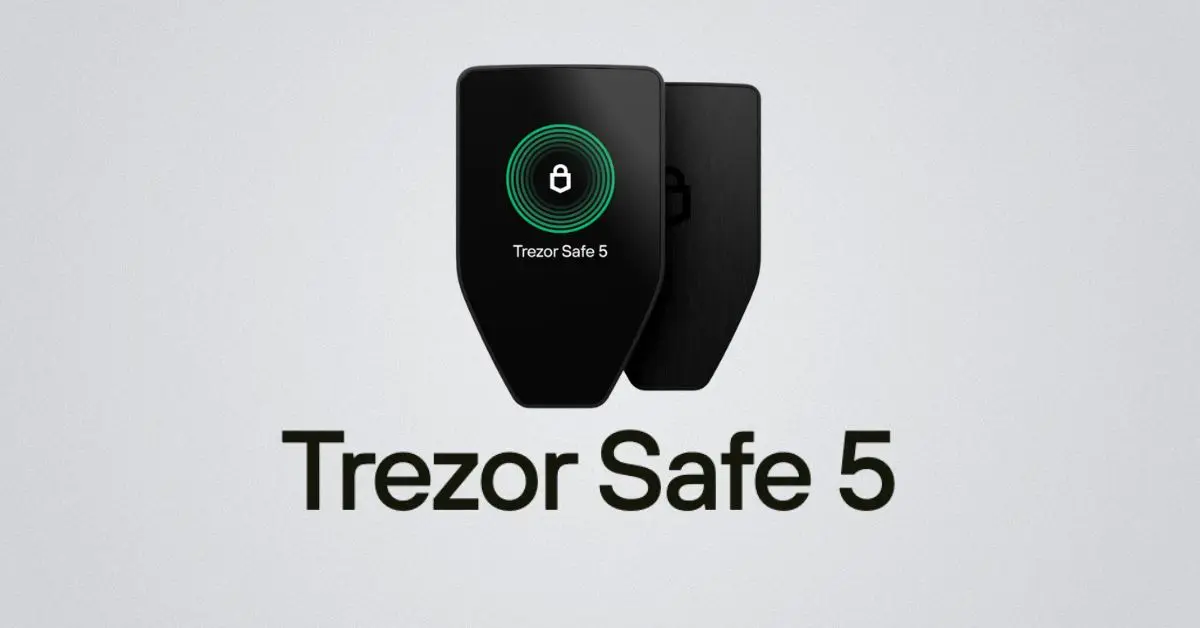
Trezor Safe 5 Review: Advanced Security with a Modern Interface
Read more →